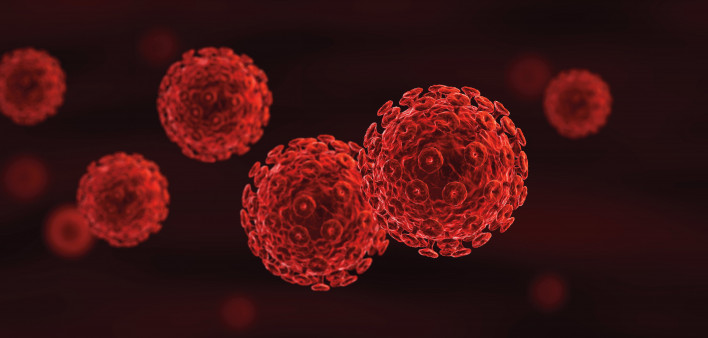It’s a drug-delivery mechanism for the future: a micro-needle patch applied to the skin. The patch’s surface includes hundreds of tiny medication-infused projections that enter the skin and dissolve. They leave behind nanoparticles of antiretrovirals that could work as long-acting treatment or pre-exposure prophylaxis (PrEP). Researchers from the University of Liverpool in England and Queen’s University Belfast in Ireland have been awarded a grant of about $1.36 million from the Engineering and Physical Sciences Research Council in the United Kingdom to develop the technology. The Liverpool researchers began investigating nanomedicine in 2009 and have since collaborated with other investigators in Africa, Europe and the United States. The research team will rely on high-power computational models to design and anticipate the functioning of the patches. This will accelerate the design process and provide useful information to guide laboratory experiments and, ultimately, clinical trials.

Istock
Treatment: Microneedle Patches
Researchers are working on patches containing tiny needles that deliver medications through the skin.






Comments
Comments